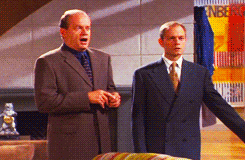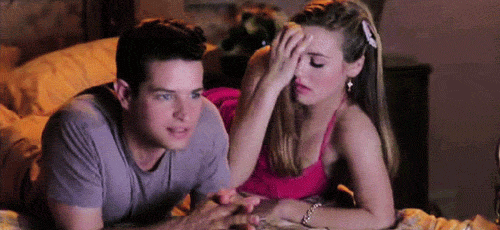A lot of freelance writers, including me, have to maintain multiple hustles to keep the bills paid, including work that involves advocacy or PR. How should writers to handle conflicts of interest? —Anonymous
When it comes to advocacy or PR you’re doing on the side, the safest thing is to create the strongest wall you can between your consulting work and your journalistic work. But I get that’s not realistic—or even ideal—for many people, myself included. I run a site called Lady Journos! that explicitly seeks to address the gender byline gap. But I also write about women and media. Am I “compromised”? By old-media standards, yes. By new-media standards, I’m a more worthy expert. My commitment and involvement mean I have a deep knowledge of the issue and access to a lot of great sources who trust me and will speak openly with me. I also have a built-in network of people who will want to share my journalistic work on the subject, regardless of whether I quote them or not.
Of course, all of my professional affiliations and advocacy interests are openly disclosed on my personal site. No one can say I didn’t warn them. Which brings me to the real takeaway here: transparency, transparency, transparency! If your advocacy or consulting work in any way intersects with your journalistic work, it’s definitely something to raise with your editor(s) at the outset, preferably before they assign you work. Once your editor knows about your other affiliations, you can decide together how and whether to disclose them to readers. If I was your editor, I’d hate to accept a pitch and then find out after you file that you’re actually doing some consulting work on this particular issue. Disclose early and often. Surprise, in this case, is definitely a bad thing.

Flirting with sources: When does it cross the line? When you get to be Sally Quinn, or long before that? I’m not just talking about the pieces where the did-they-or-didn’t-they is baked into the magazine narrative. I’m talking about just regular chatting someone up and ingratiating yourself. (And, obviously, question is equally applicable to both genders, though probably more complicated for women, much as I would like it not to be.) —Anonymous
Reporting and flirtation have a lot in common. They’re both about engaged listening and conveying genuine interest, but not falling all over yourself.

So naturally, when you’re giving a source your undivided attention and making meaningful eye contact and hanging on his every word, it can feel a lot like, well, flirting. I think that’s okay. I would never go in for a thigh-touch or wear something low-cut or drop casual references to the fact that you’re single, but you want sources to like and trust and want to talk to you. I think it’s possible to do that without veering into overt-flirtation territory. You don’t have to be cold, but you do have to keep it professional.
Ann Friedman is a magazine editor who loves the internet. She lives in Los Angeles
